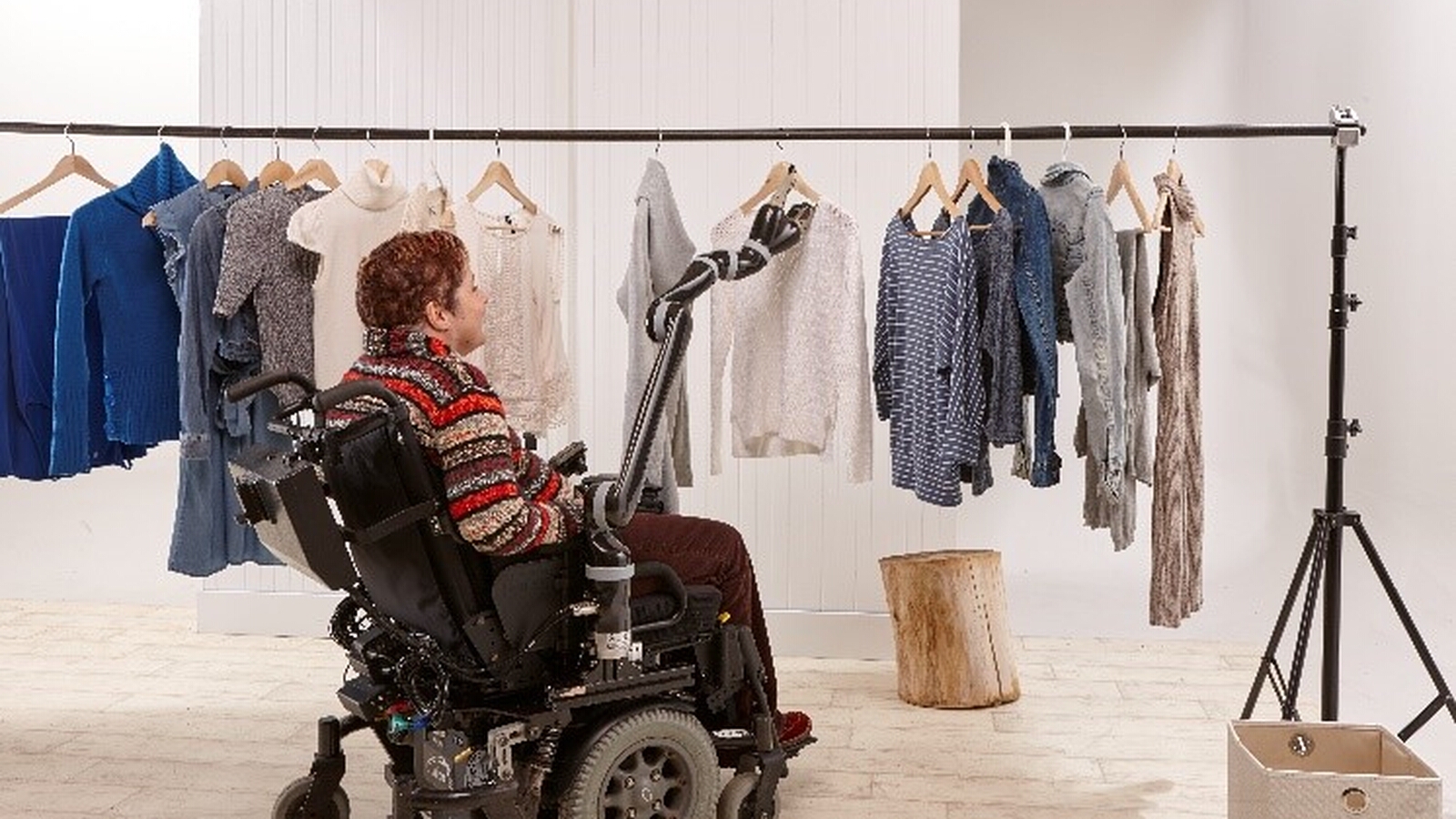
Robots support people with limited mobility in hands and arms
Robots in Daily Life
Sep 22, 2021 — Robots support wheelchair-bound people who have limited mobility in their hands and arms. Robotic arms can be attached to a wheelchair, enabling people to open doors, pick up objects and perform a wide variety of other tasks, including feeding themselves.
The Jaco, image © Kinova
There are different modes of operation. In some cases, such as Jaco from Kinova, the robot arm is operated through the joy-stick or other device used to operate the wheelchair itself.
In other cases - like the Dowing from Focal Meditech shown in this YouTube video – the robot arm is a splint into which the user lays their own arm. The robot arm senses the motion intended by the wearer and calculates the support needed.
There are a number of other robotic aids for people with restricted motion in hands and arms, for example robotic feeding devices such as the Obi and the Bestic that are remotely controlled by the user from another part of the body (foot or chin for example).

Most electric wheelchairs use joysticks or other manually-operated input devices, which makes them unusable for people unable to move their hands and arms. Autonomous wheelchairs that respond to eye movement and can map their environment to navigate autonomously and go up and down stairs are being developed. For example, researchers at MIT in the US are working on a voice-controlled autonomous wheelchair for people who have lost mobility due to brain injury or the loss of limbs, but who retain speech.
Watch videos on YouTube
- Jaco robotic arm
- Dowing robotic arm
- Obi robotic feeding device
- Bestic robotic feeding device
- Voice-controlled autonomous wheelchair

